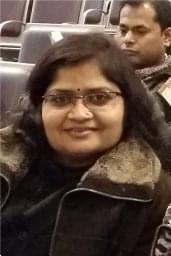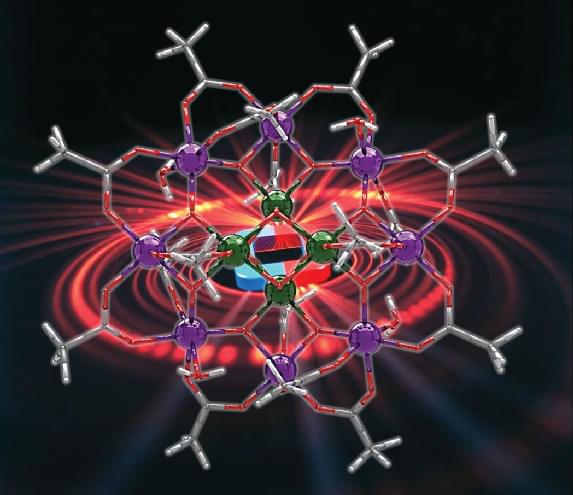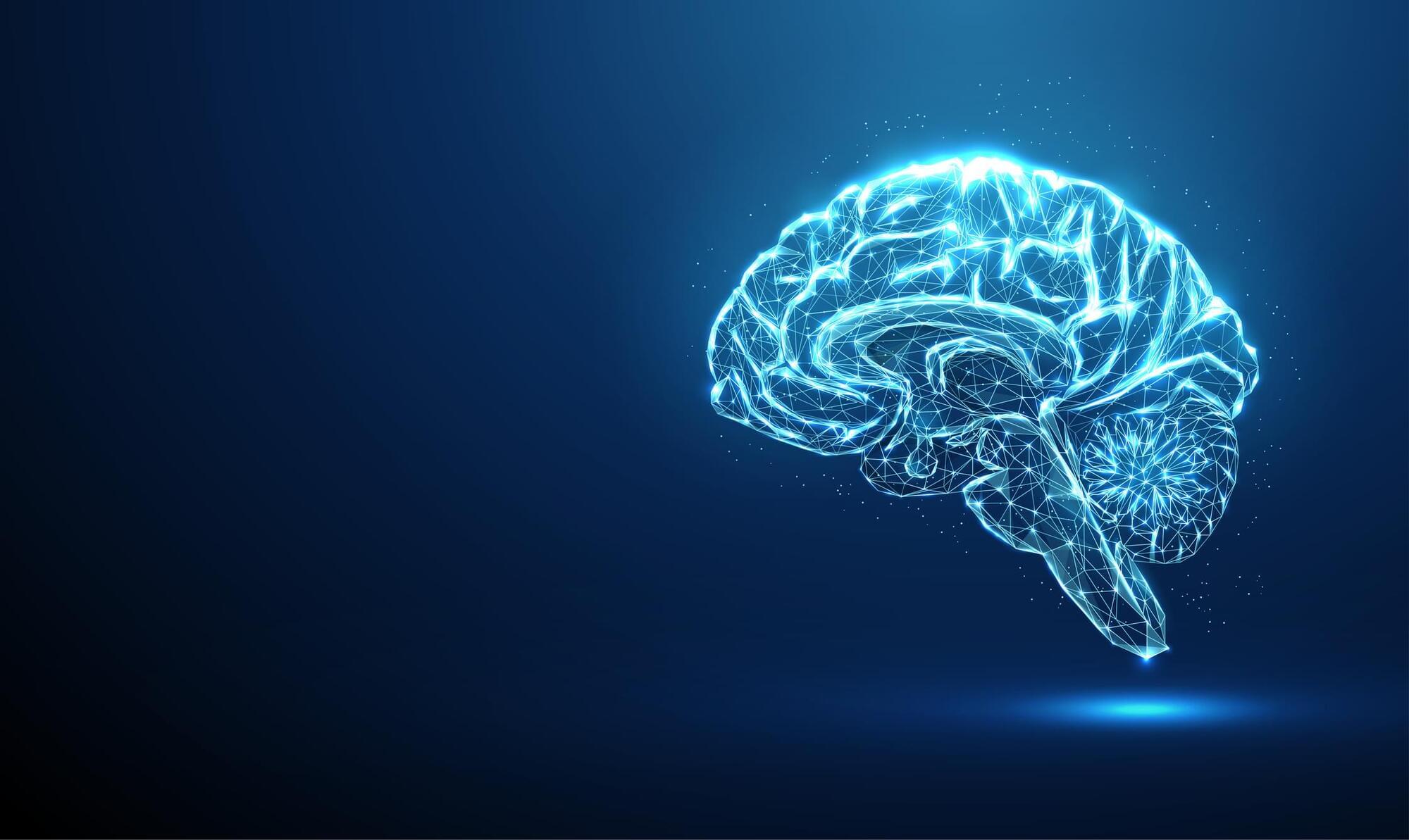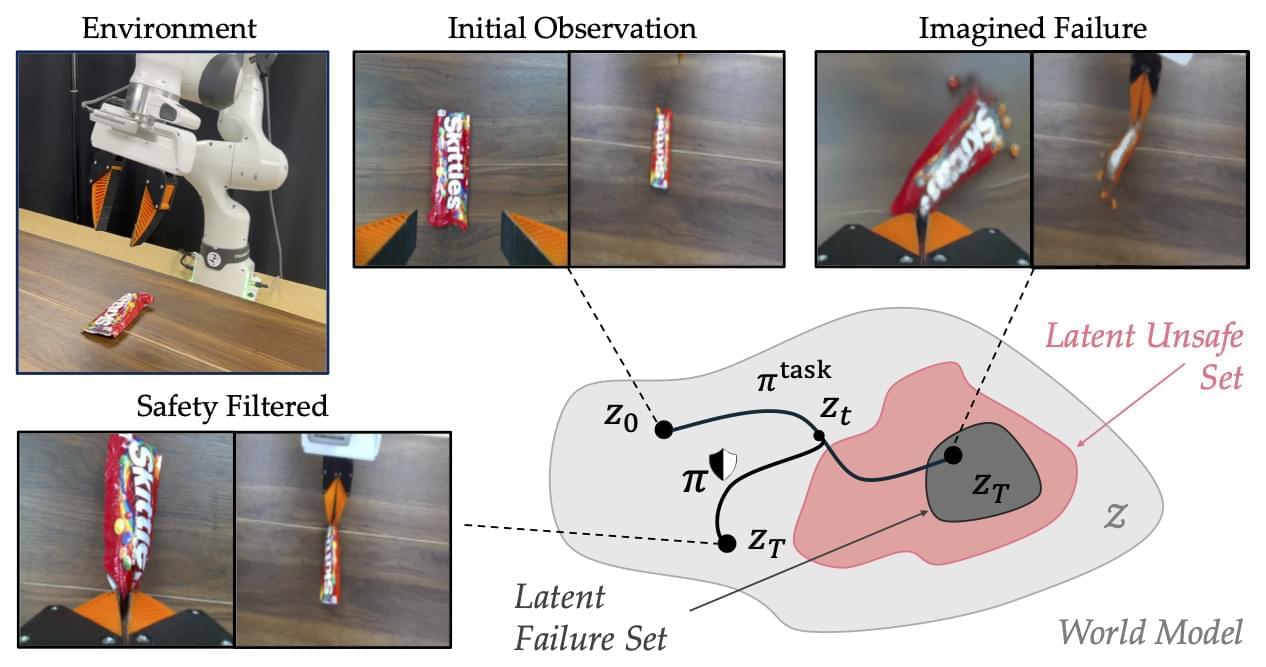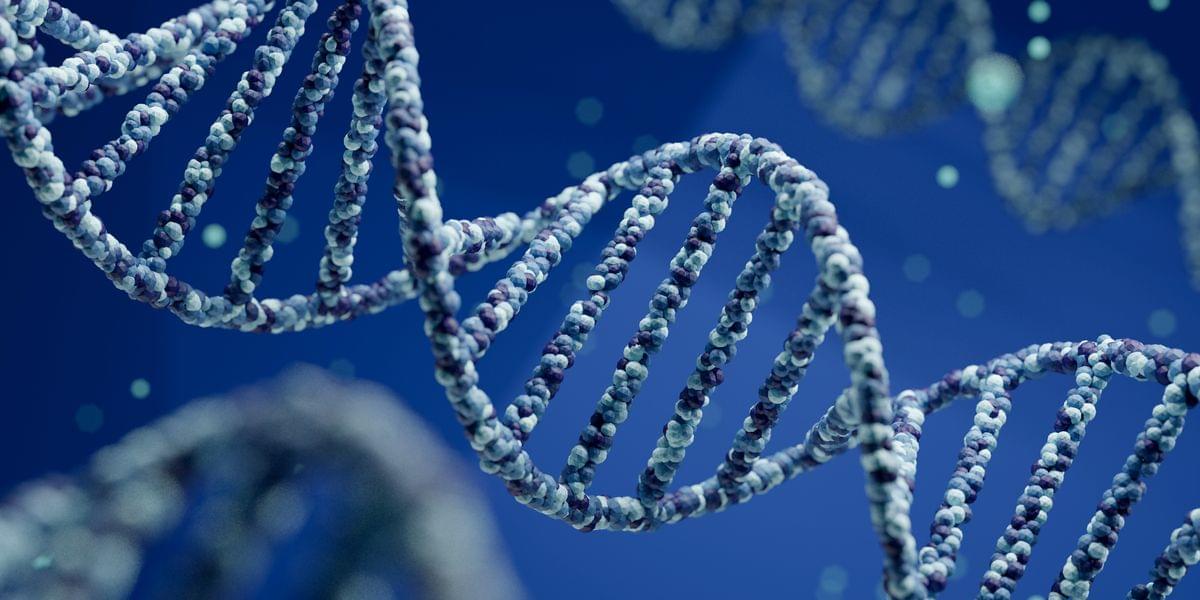Observations from the James Webb Space Telescope reveal monster black holes in the early universe that seem to have grown too big, too fast. New research points to a strange form of dark matter as a possible culprit.
‘Impossible’ black holes detected by James Webb telescope may finally have an explanation — if this ultra-rare form of matter exists
Posted in cosmology | Leave a Comment on ‘Impossible’ black holes detected by James Webb telescope may finally have an explanation — if this ultra-rare form of matter exists

